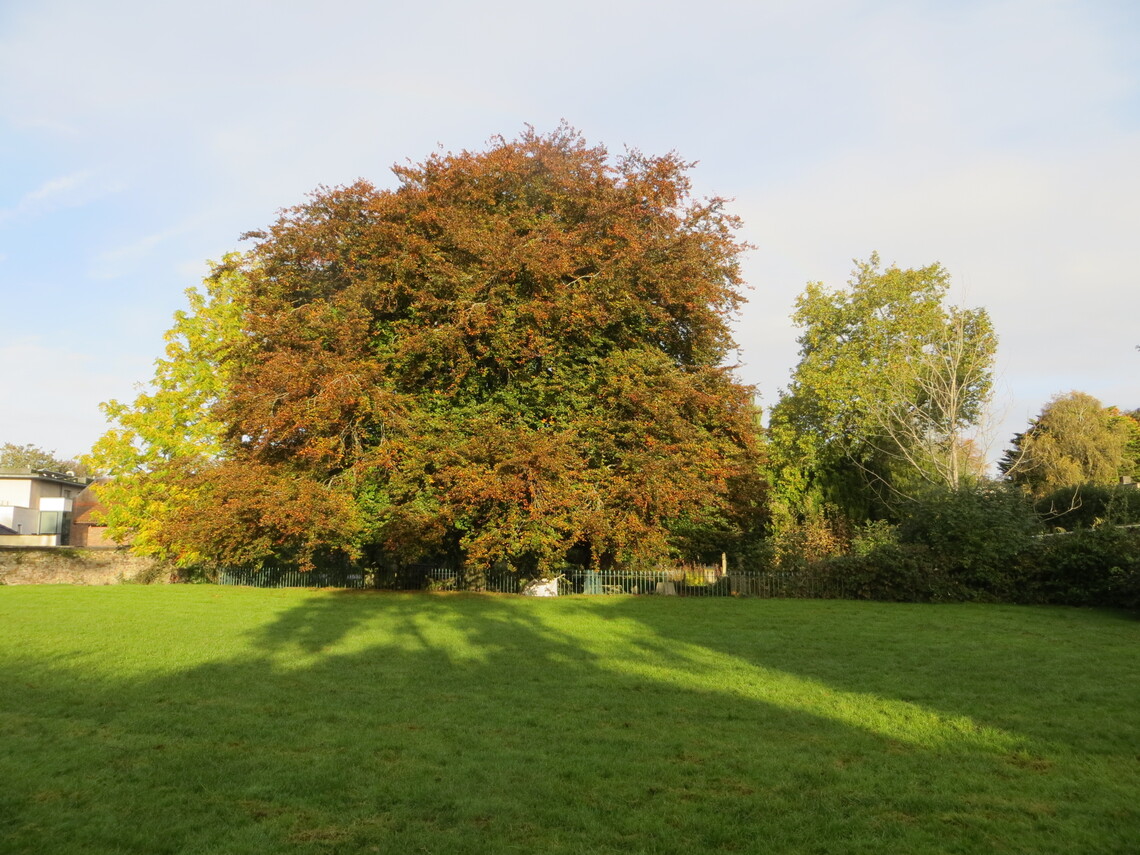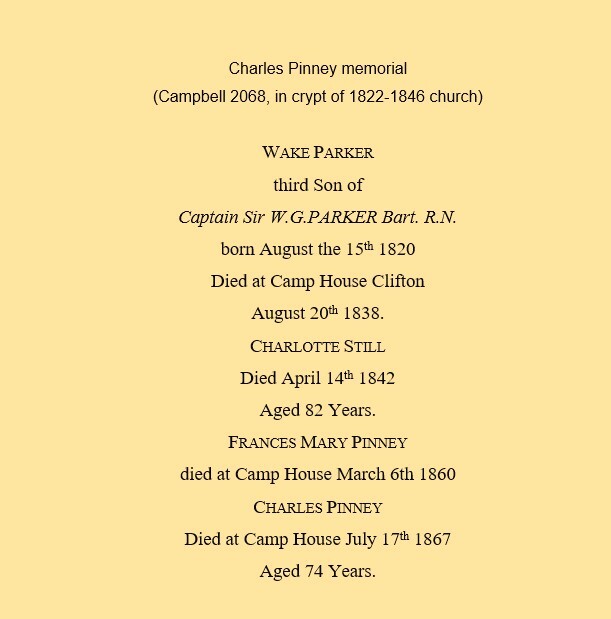At the end of October 1831, the centre of Bristol was devastated by three days of rioting. The mob rampaged through the city looting, burning and gathering strength as liberated prisoners joined the mayhem. Earlier in the month the House of Lord’s rejection of the Whig government’s Reform Bill had ignited civil unrest across England, but owing to the incompetence of the city’s civil and military authorities, the Bristol Riots were the worst the country had seen in over fifty years. At the centre of this chaos was the Mayor, Charles Pinney.
Born into a wealthy merchant family in 1793, Charles Pinney was elected Mayor by the Bristol Corporation in September 1831. In an atmosphere of political instability, members of the Corporation decided that Pinney, a Whig in favour of parliamentary reform, would mitigate the growing opposition to the Corporation, which was seen as a secretive, self-serving Tory oligarchy. However, Pinney’s acceptance of the Mayoralty further alienated Bristol’s pro-Reform middle classes. They considered him a traitor and therefore refused to help contain the mob when rioting began with the arrival of Sir Charles Wetherell on 29th October for the Court of Assizes.
Wetherell, the Recorder of Bristol, was known to be an anti-Reform crusader and his ceremonial entrance into the city attracted an enormous crowd determined to demonstrate Bristol’s support for the Reform Bill. Security was inadequate because the Corporation had failed to establish an effective police force and since Pinney could not count on volunteer support, he hired ‘special’ constables or ‘bludgeon men’ who attacked the crowds with indiscriminate violence.
With the arrival of ninety three Dragoons the rioting escalated. Meanwhile, Pinney and his fellow Magistrates went to ground. Afraid of provoking the crowd into destroying their own warehouses, shipyards and shipping, they scuttled backwards and forwards between three temporary headquarters, refusing to give orders or take any decisions. Aware that he could face criminal charges for any undue bloodshed, the commanding officer of the Dragoons, Lieutenant Colonel Brereton declined to take any responsibility insisting, “If I am to fire, I must have a direct order.” Eventually, one of his junior officers took control of the troops, dispersed the mob and restored calm to the streets.
The following year, Brereton was court-martialled and Charles Pinney was put on trial charged with “neglect of duty in his office of Mayor of Bristol during the riots.” During the preliminary stages of the court-martial, Brereton shot himself and since his suicide incriminated the military, it was decided that further investigations would be distasteful and unnecessary. Pinney was acquitted and in 1836 was elected to the new Bristol City Council.
In 1830, the year before his Mayoralty, Charles Pinney had married Frances Still and commissioned Charles Dyer to build Camp House on Clifton Down, where he lived until his death in 1867. He was buried in the crypt of St Andrew’s Church alongside Frances and perhaps ironically, close to the grave of Lieutenant Colonel Thomas Brereton.
The grave is located in the crypt of the old church, exact location unknown
Memorial tablet inscription
Location of the old church


